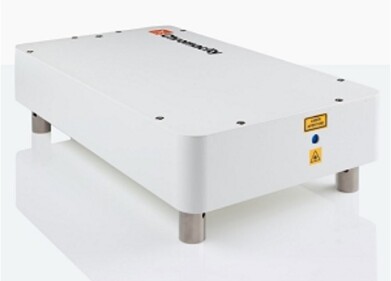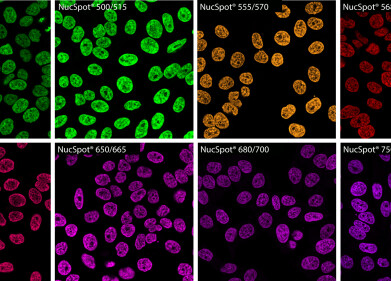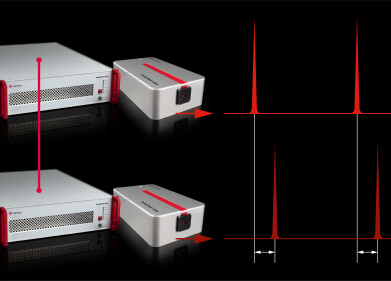Microscopy & Microtechniques
How Far Can Mosquitoes Travel?
Nov 04 2019
In a new study that challenges perceptions of mosquitos and the diseases they carry, a team of researchers from Tanzania and the United Kingdom have discovered that with the assistance of wind, the insects can travel hundreds of kilometres. Working from the National Institute of Allergy and Infectious Diseases (NIAID) in Bethesda and the University of Bamako in Mali, the team discovered that mosquitos can travel almost 300 kilometres in a single night.
Prior to the study, little was known about the impressive travel range of mosquitos, with most typically flying at low altitudes and travelling less than five kilometres during their lifespans. The findings were published in the journal Nature, with the team explaining how in Sahel, an arid region on the southern fringe of the Sahara Desert, some malaria-bearing mosquitoes use high-altitude winds to cover hundreds of kilometres of distance in just one day.
New insight into soaring mosquito populations
For Gerry Killeen, a mosquito ecologist at the Ifakara Health Institute in Tanzania and the Liverpool School of Tropical Medicine in the UK, the findings offer new insight into why mosquito populations can unexpectedly soar in the Sahel region. The study, which reveals the long-distance travel capabilities of mosquitos, also has significant implications for projects attempting to eliminate malaria, as well as limit the evolution of insects that are resistant to pesticides.
“This is simply amazing and completely groundbreaking," says Killeen. "This study is imaginative and unprecedented, completely changing our understanding of malaria vector ecology and gene flow.”
Trapping mosquitoes with high-altitude nets
The study was inspired by mosquito ecology research collected over 10 years from several villages in central Mali. With the help of his team, NIAID researcher Tovi Lehmann used helium balloons to launch a series of adhesive nets up to 290 metres in the air above four villages. The experiment took place on more than 600 nights, with the sticky nets capturing 2748 mosquitoes. The upper nets captured more mosquitos, indicating that the insects prefer to travel at high altitudes. Using meteorological modelling tools to predict the effects of wind speed and direction, the team estimate that a single mosquito can travel almost 300 kilometres in a single nocturnal journey.
From meteorological modelling tools to electron microscopy, advanced technology plays a critical role in supporting modern research. For a closer look at the latest Cryo-SEM technology used by the University of Birmingham, don't miss 'Using Scanning electron microscopy to establish the floral micromorphology of the genus Restrepia (Orchidaceae) and the potential consequences for pollination.'
Digital Edition
Lab Asia 31.6 Dec 2024
December 2024
Chromatography Articles - Sustainable chromatography: Embracing software for greener methods Mass Spectrometry & Spectroscopy Articles - Solving industry challenges for phosphorus containi...
View all digital editions
Events
Jan 22 2025 Tokyo, Japan
Jan 22 2025 Birmingham, UK
Jan 25 2025 San Diego, CA, USA
Jan 27 2025 Dubai, UAE
Jan 29 2025 Tokyo, Japan



















